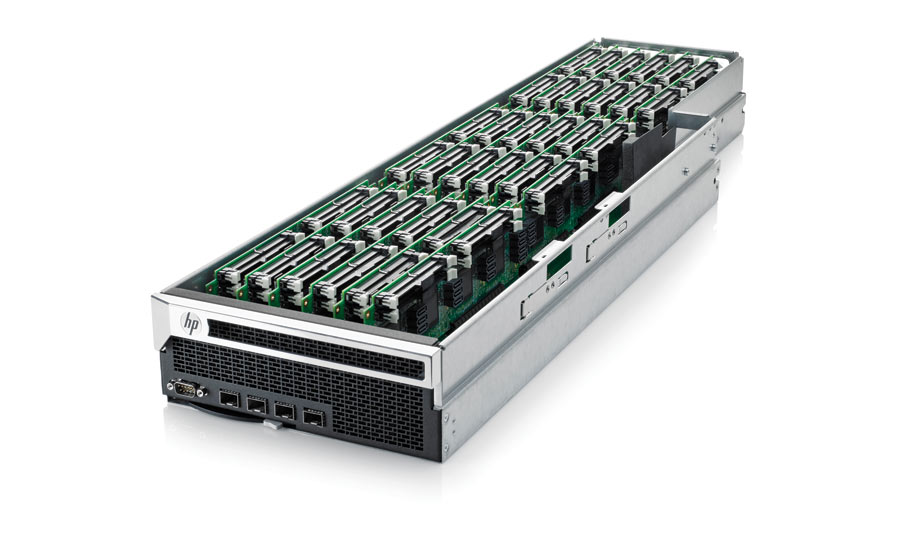Energy-Sipping Servers

This is the first in a new line of server systems designed to cut the power demand of data centers, which has become a growing problem: last year, by one estimate, American data centers consumed 100 billion kilowatt-hours of electricity, or about 2 percent of all electricity produced in the United States. The system bundles over 2,800 servers in a single module, using chips based on a processor design originally intended for battery-conscious mobile devices. Calxeda, which makes the chips, claims that its servers draw five watts when operating and only half a watt when idle, compared with conventional server processors that draw 160 watts when operating and 80 watts when idle.
Product: Redstone Server Development Platform
Cost: N/A
Availability: First half of 2012
Source: www.hp.com
Companies: HP and Calxeda
Keep Reading
Most Popular
Large language models can do jaw-dropping things. But nobody knows exactly why.
And that's a problem. Figuring it out is one of the biggest scientific puzzles of our time and a crucial step towards controlling more powerful future models.
The problem with plug-in hybrids? Their drivers.
Plug-in hybrids are often sold as a transition to EVs, but new data from Europe shows we’re still underestimating the emissions they produce.
Google DeepMind’s new generative model makes Super Mario–like games from scratch
Genie learns how to control games by watching hours and hours of video. It could help train next-gen robots too.
How scientists traced a mysterious covid case back to six toilets
When wastewater surveillance turns into a hunt for a single infected individual, the ethics get tricky.
Stay connected
Get the latest updates from
MIT Technology Review
Discover special offers, top stories, upcoming events, and more.